Apartment gardening – top tips for growing indoors
Growing plants indoors transformed my home and lifts my mood every day. Here are the key things I've learned
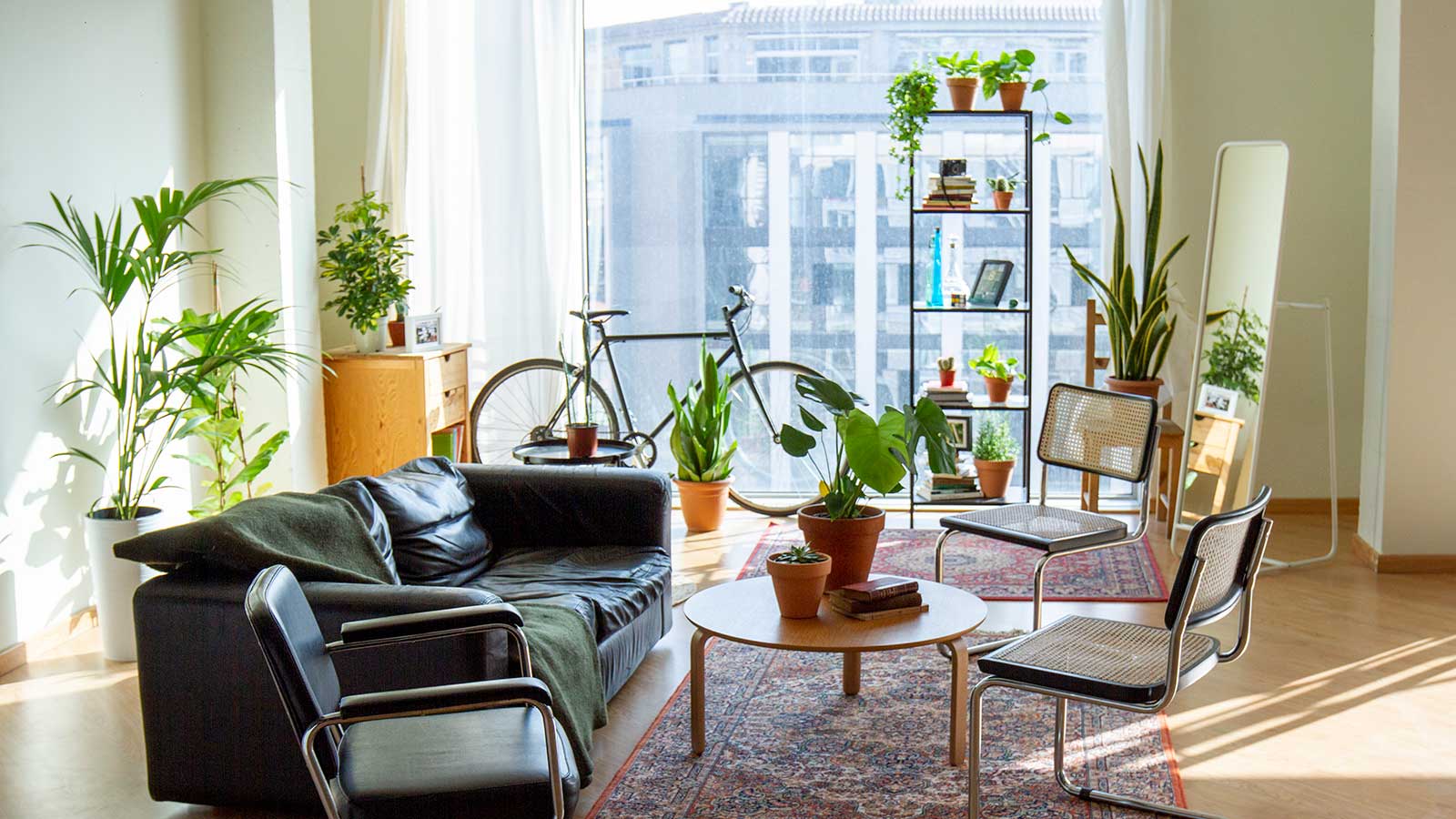

I’ve lived in apartments throughout most of my adult life, yet my collection of houseplants started slowly. It wasn’t until I began paying proper attention to them that I realized how rewarding indoor gardening can be.
I’ve now lost count of how many of the best indoor plants and herbs I have. I spend about five minutes most mornings checking and watering soil and inspecting for pests and new leaves. It’s a slow, simple, and uplifting start to the day which I highly recommend.
Of course, there have been a few failures. I’ve dealt with droopy peace lilies, spider plants with brown tips, and more. But, after a good few years caring for my leafy friends, I’ve learned a thing or two.
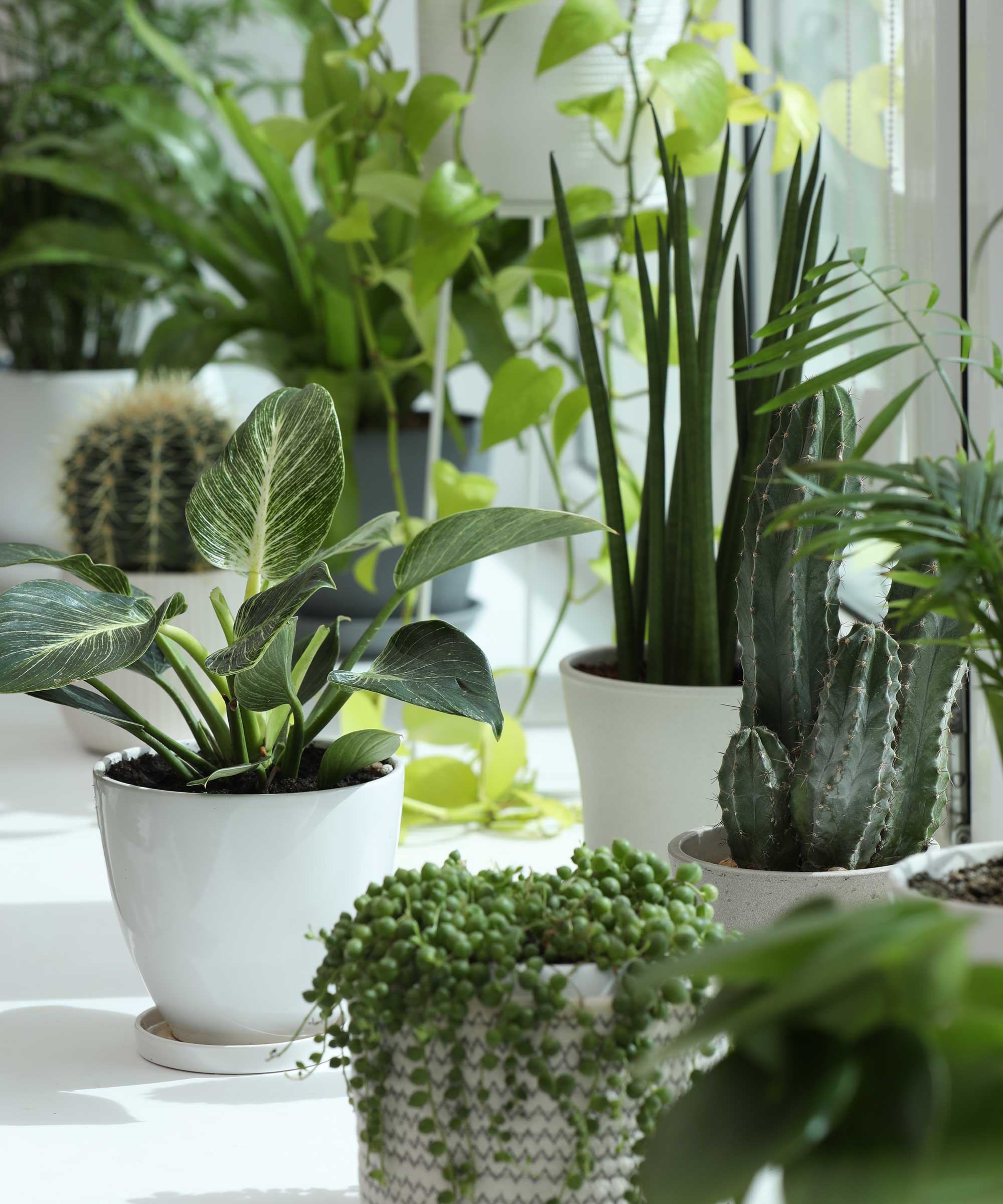
There are so many beautiful houseplants that will brighten your home
My top tips for apartment gardening
These are my recommended tips for a happy and healthy indoor garden.
1. Watering houseplants properly is key
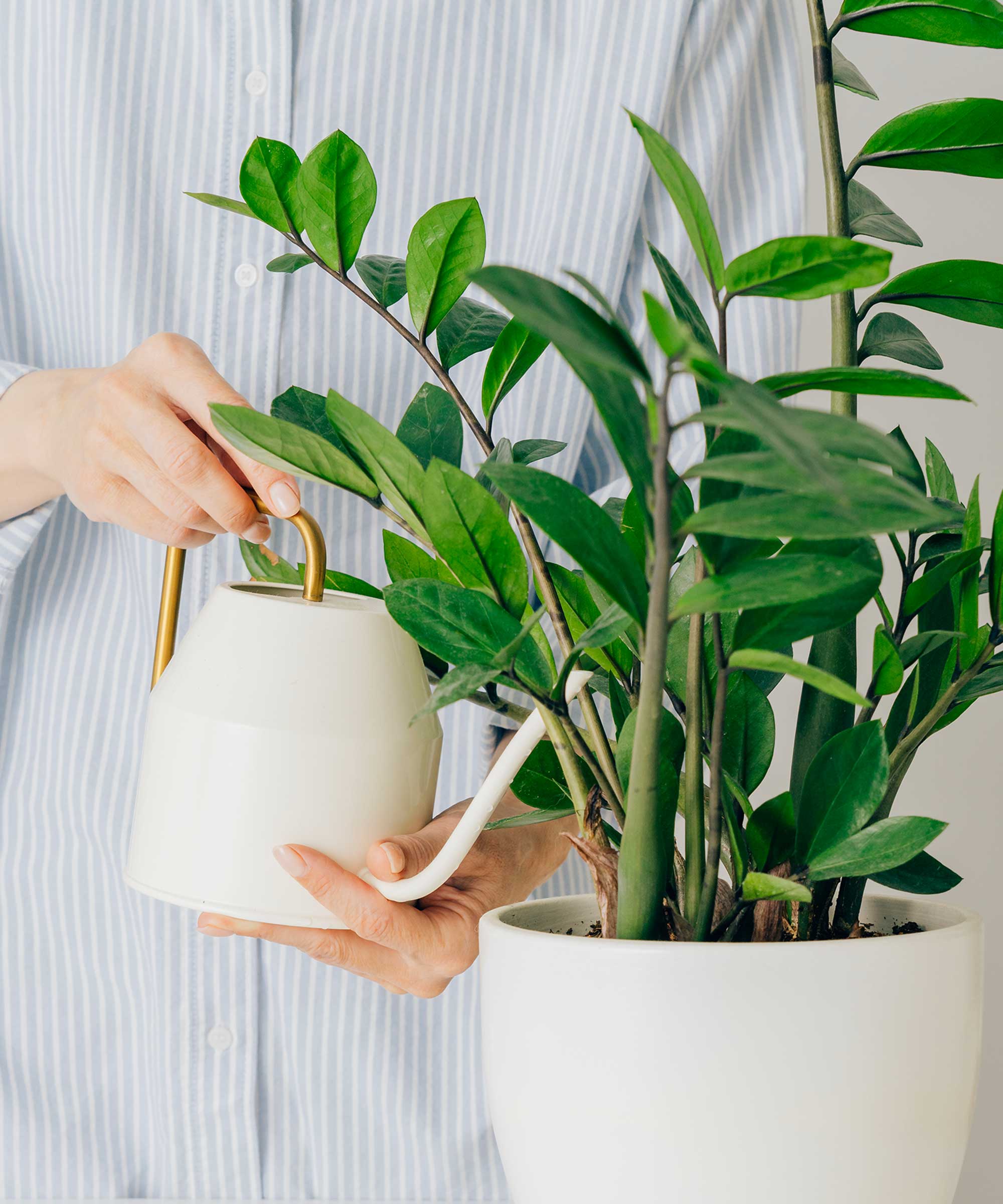
Getting the balance right is essential
As Juan Palacio from BloomsyBox says, ‘It’s better to underwater and monitor the plant’s response than to overdo it.’
I nearly killed a peace lily by regularly dousing it without checking the soil first. It suffered from root rot, but two years on, in a new pot and fresh soil, it’s thankfully back to full health. Overwatering also encourages fungus gnats, which are particularly annoying in a small space.
Pots with proper drainage are a must. Anna Hackman of The Naked Botanical says you want at least three holes in the bottom of your container, depending on the size of the plant ('larger plants need more holes'). She waters her plants in the sink, letting the water seep through the drainage holes, before putting the pots back into their saucers.
I'd also recommend watering globes, available from Amazon. These kept all of my houseplants sufficiently watered while I was on vacation.

Juan Palacio is the founder of BloomsyBox, a Miami-based floral subscription company that also sells a range of beautiful houseplants. BloomsyBox has made it onto the prestigious Inc. 5000 list of the fastest-growing companies in the US for two consecutive years.

Anna is a retired Rutgers master gardener and has been gardening for over 18 years. She is also the founder of the blog Green Talk, where she shares tips and advice on green living, organic gardening, and more
2. Don’t forget to repot
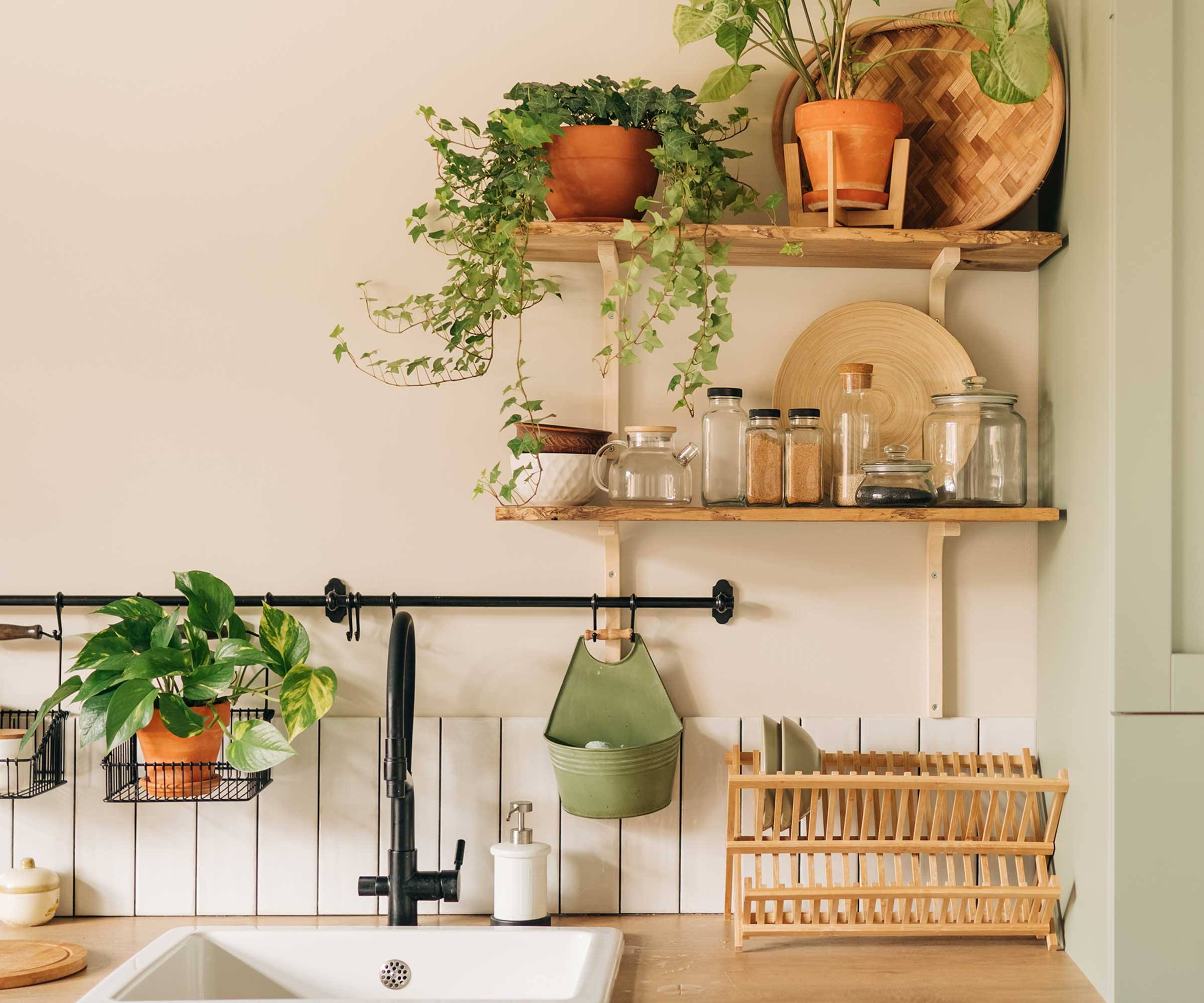
Upgrading your plants' pots will help them thrive
It’s taken me a while to realize the value of repotting. But, done at the right time (usually spring), the results are nothing short of amazing.
Removing plants with stunted growth and unhappy demeanors often reveals tightly wound, dried-out root balls. Loosening up these tangled messes and repotting them in fresh, nutrient-rich soil provides a new lease of life and kick-starts new growth.
3. Bright light is usually best
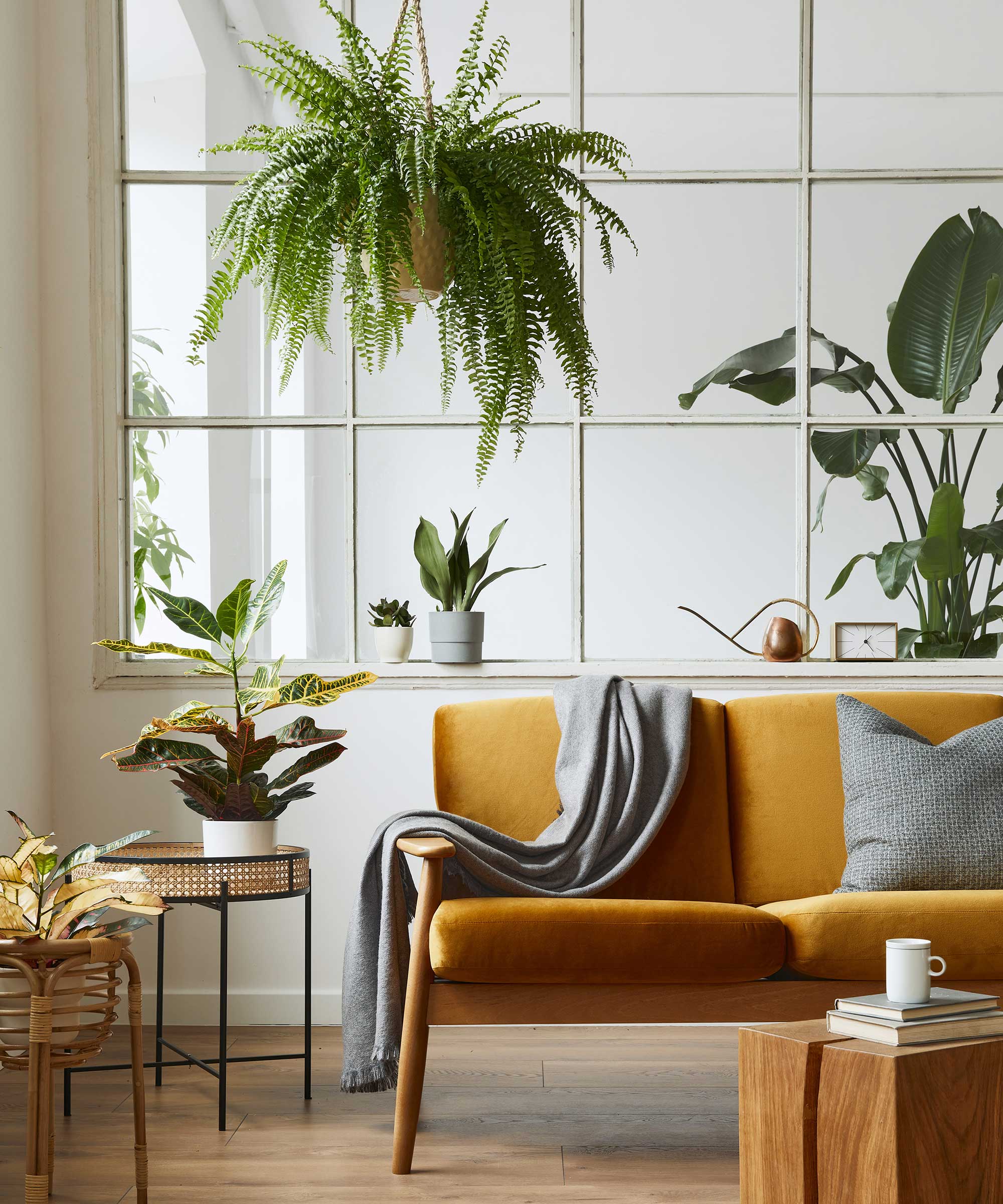
Most houseplants will do best with lots of bright light
Juan highlights how displaying indoor plants offers an opportunity to get creative. 'Use shelves, hanging planters, or create a living wall to not only save space but also to add a decorative touch to your apartment,' he recommends. 'This can also help in positioning your plants at different heights to maximize their exposure to light.'
While some plants tolerate low light, my healthiest ones are in bright spots. I have a ladder-style shelf by a large window that is prime real estate for them. If one is struggling elsewhere in the apartment, I move it here for a holiday.
Stunted growth, leggy stems, and damp soil for long periods between waterings are telltale signs that your plant could probably benefit from a bit more sunshine.
FAQs
Can you grow edible crops in an apartment?
I do grow herbs indoors, but for me, they don’t always last long. This is definitely due to ruthlessly harvesting the leaves, leaving not enough on the plant for it to survive.
You’ll need a relatively large pot if you want to grow big enough plants for a worthwhile picking. You can save store-bought herbs, but those bought from a nursery are generally more reliable as they’ve been raised in better conditions.
If you have enough space, you can try growing chilies, tomatoes, or microgreens. Bear in mind that pollinating crops by hand is sometimes required for a successful yield.
'Most edible plants and herbs require a significant amount of sunlight, ideally six to eight hours per day,' says Juan. 'If your apartment lacks natural light, consider investing in grow lights.'
These LED grow lights from Amazon are a popular pick, and can be clamped onto a desk.
Is it worth propagating plants in an apartment?
I have propagated a few of my houseplants and would definitely recommend it – it’s pretty easy and you get new plants for free. My best results have come from dividing up a snake plant and a spider plant, and taking stem cuttings from a pothos.
What is the easiest houseplant to look after in an apartment?
My easiest houseplants have to be my pothos plants. I have six and they are undemanding and fast-growing, just needing a quick drink when they start looking droopy.
Of course, apartment gardening has its limits. While I love my tropical plants, they don’t scratch that itch of wanting to grow crops on a larger scale, or beds overflowing with annual flowers. An allotment is the city-living solution, which I have recently and excitedly signed up for. Community gardens can be an alternative option, depending on where you live.
If you have the urge to expand your growing endeavors, why not have a look around your local area to suss out what's available? You could be sowing seeds indoors to plant out on your plot before long – I’ve currently got sweetpeas and cosmos that have just started sprouting.
Sign up to the Homes & Gardens newsletter
Design expertise in your inbox – from inspiring decorating ideas and beautiful celebrity homes to practical gardening advice and shopping round-ups.

Holly started writing about gardening five years ago, and she is a regular contributor to Homes & Gardens. She has also written many gardening features for Woman & Home and Real Homes, too. She has previous experience as a professional gardener, where she helped to plant and maintain private gardens. Holly has also looked after allotment plots over the years and loves to grow her own flowers and veggies from seed. In her spare time, she enjoys visiting local gardens, botanical drawing, and tending to her ever-growing collection of houseplants.
-
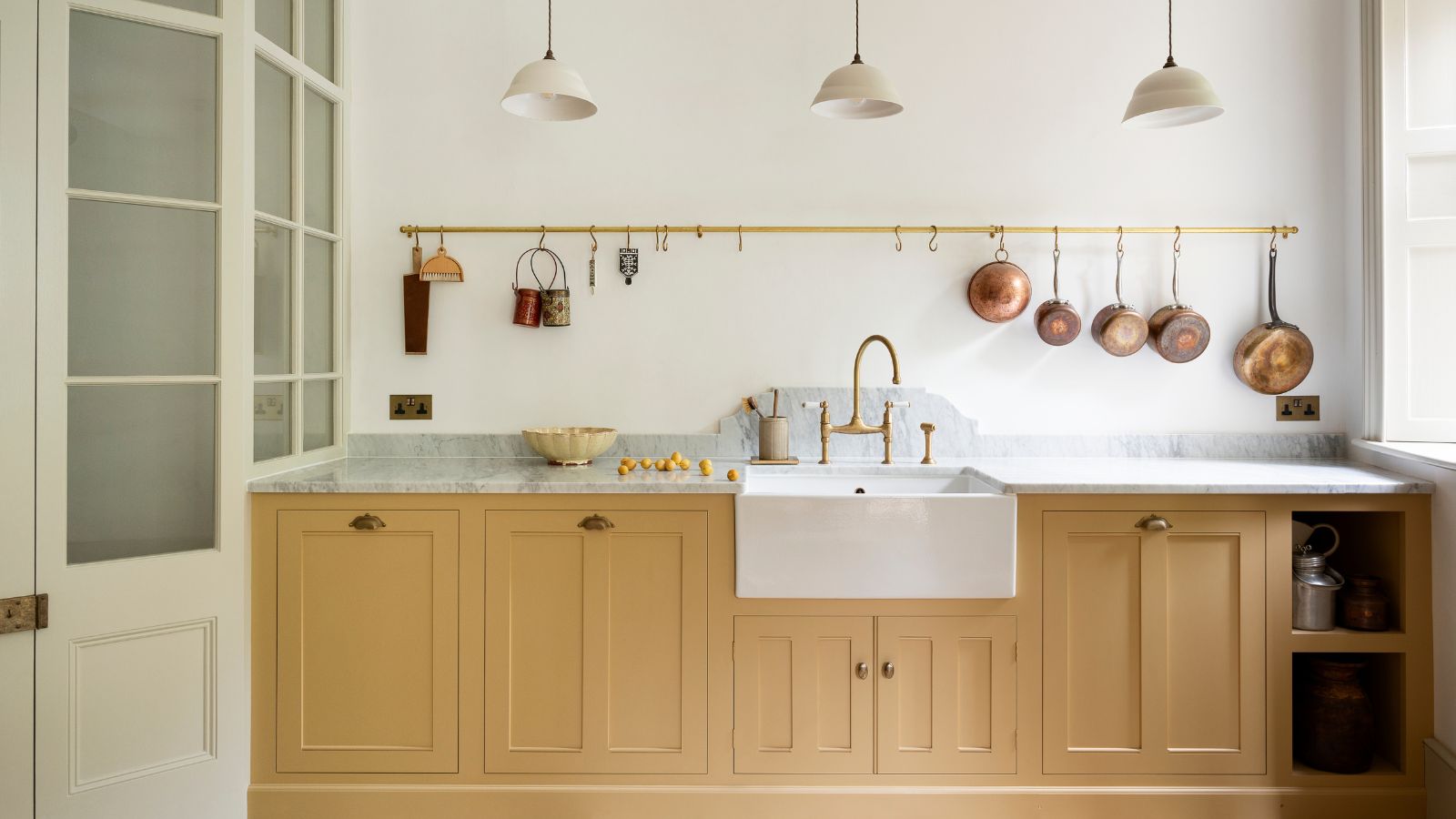 What colors go best with butter yellow? 8 equally delicious shades to pair with spring's hottest color trend
What colors go best with butter yellow? 8 equally delicious shades to pair with spring's hottest color trendInspired to elevate your home this spring with chic pale yellows? Here are the best colors to complete your scheme
By Emily Moorman
-
 Sarah Michelle Gellar's entryway is tranquil and elegant thanks to white and wood accents – her neutral style is replicable from $33
Sarah Michelle Gellar's entryway is tranquil and elegant thanks to white and wood accents – her neutral style is replicable from $33The actress's entryway features a wood console table, wood floors, and crisp, white paint for a warm and inviting atmosphere
By Hannah Ziegler